Can’t aircraft systems transmit black box data to ground stations? Why do we still rely on onboard storage for this critical information?
It’s a recurring topic, coming up almost every time we have a tragic aircraft crash. Usually, it involves aircraft lost at sea, often over vast oceans. Air France AF447 and of course Malaysian Airlines MH370 immediately come to mind. Long overwater flights can make even the time of the crash unclear, and the search that much harder.
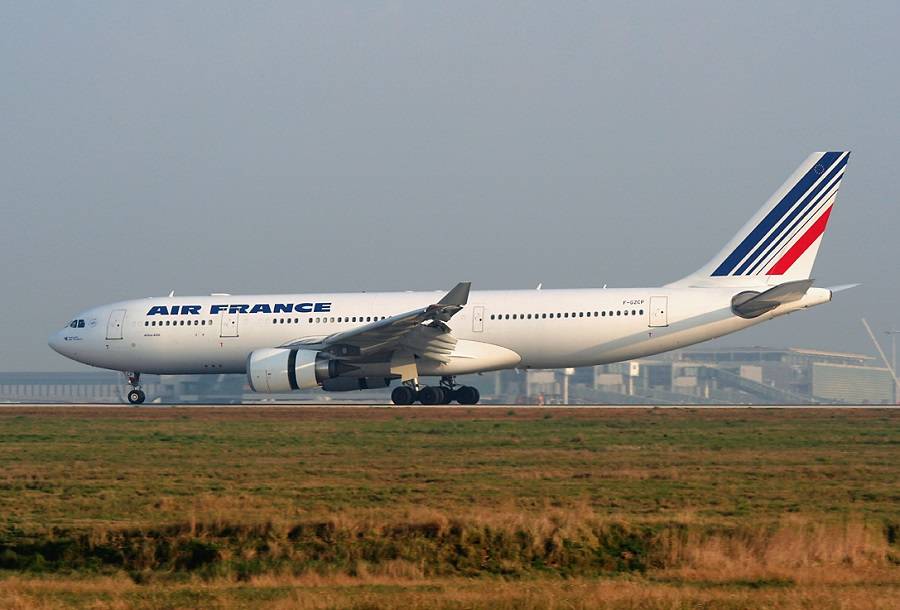
The recovery of black box data of China Eastern flight MU-5735 last March is also proving difficult. And this is a crash that took place over land, with people reaching the site quickly. But it appears that the aircraft’s high-speed impact severely damaged both black boxes. Over a month later, we don’t know if investigators will have access to this vital information. So far, much of what we know about the dive of this plane comes from ADS-B data.
But there is some good news here. There has been some real progress over this matter in recent years. And we could see even more progress in the years to come. For now, aircraft generally store data into two “black box” devices – neither of which is black. One of them is the Cockpit Voice Recorder or CVR. The other is the Flight Data Recorder or FDR. Some newer aircraft record both types of data on a single recording device called a CVDR.

Black Box Data – Or QAR Data?
In addition to these “black box” recorders, airliners typically store flight data on something called a Quick Access Recorder (QAR). Engineers use this device on the ground, to diagnose any faults quickly, in routine service. QARs also come in handy in serious incidents and accidents, as their name suggests.
And perhaps the best argument against transmitting black box data using a streaming or “cloud”-style architecture, is that QARs are usually all that’s necessary. Of all accidents and incidents that happen, only a small fraction involve the cruise portion of a flight. The majority of such events happen during take-off or landing, or during the departure or approach phase.
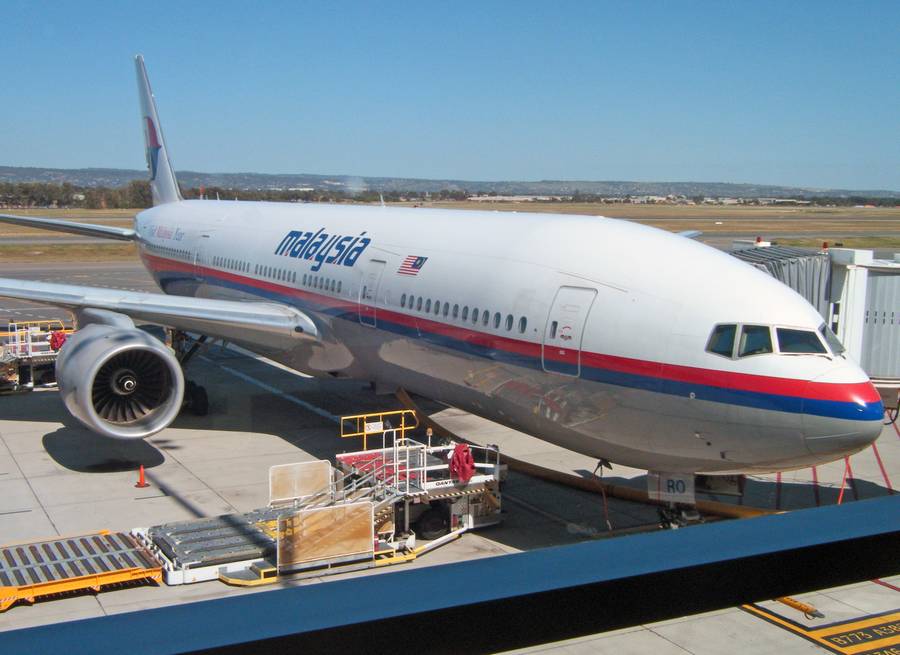
If anything happens in these cases, the position of the aircraft and its discovery rarely take a long time to determine. More importantly, when it comes to determining the plane’s position, we have seen some very important developments in recent years. This is thanks to ADS-B or Automatic Dependent Surveillance-Broadcast.
ADS-B doesn’t record extensive black box data like voice or flight parameters. But it does record the aircraft’s position, altitude, heading, speed and other identifying information. It gets this data from a GPS receiver onboard the aircraft. The aircraft then transmits this and other key information to ADS-B stations, on the ground AND on satellites. This is the information that we see on Flightradar24 and similar tracking websites.
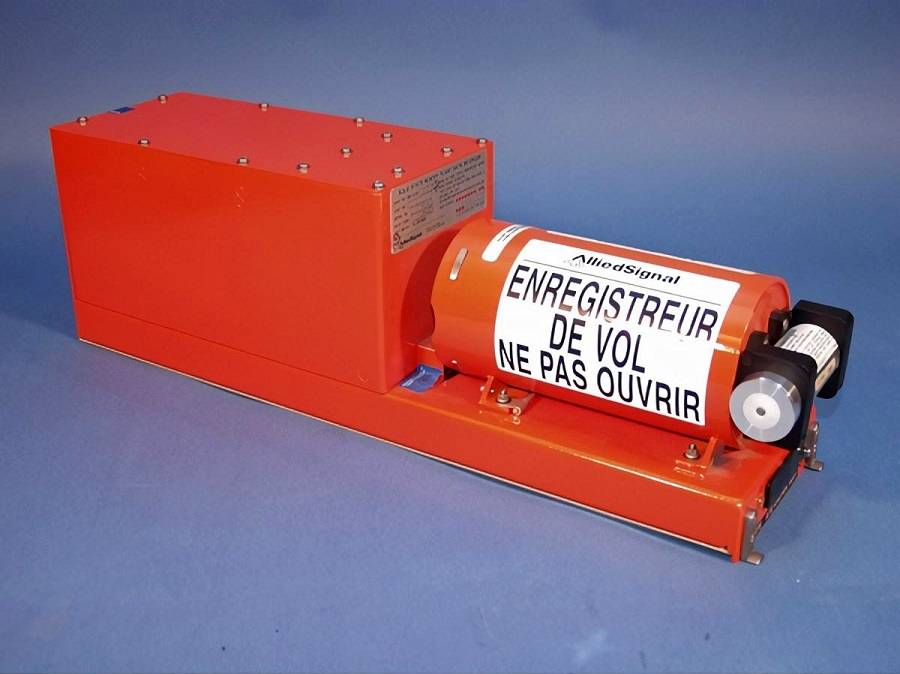
ADS-B Over Satellite
And note here that ADS-B information can include a lot of detail. In the preliminary report to the China Eastern crash, investigators revealed that ground radar got its last return from the doomed aircraft when it was at 11,100 feet. The last ADS-B altitude transmission from the plane came when it was just below 3,000 feet.
More crucially, we now see more and more parts of the world where aircraft transmit ADS-B data over satellite. This means that we can continue tracking these aircraft when they cross vast oceans. Even if they don’t record a complete set of black box data, these devices can still ensure that we don’t have another MH370. But there are a few caveats to that.
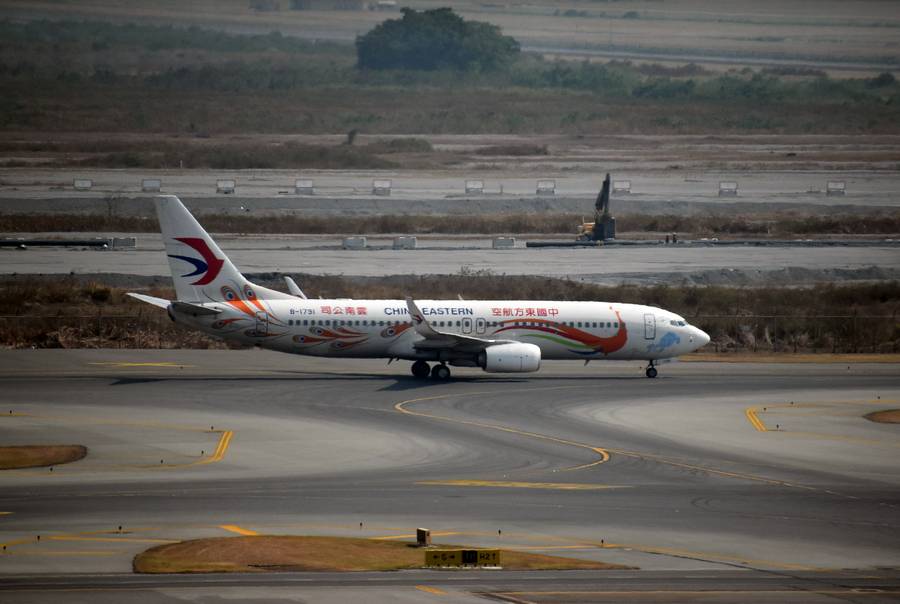
The first of these is that the plane’s systems would need to be working. If the aircraft has electrical issues, for instance, then the systems transmitting its position could malfunction. But the same is true for recording data on black boxes – or transmitting it when we can do so. The other possible scenario is that someone could deliberately turn off this system. But again – that would also be a risk even with a system transmitting black box data.
Black Box Data Volume
These risks aside, we know that with ADS-B information, picked up both from ground and satellite stations, we can track an aircraft continuously. And this makes the value of transmitting a full set of black box data more questionable. And this, in turn, brings us to what it would take to transmit this information. For one thing, we are dealing with A LOT of information.
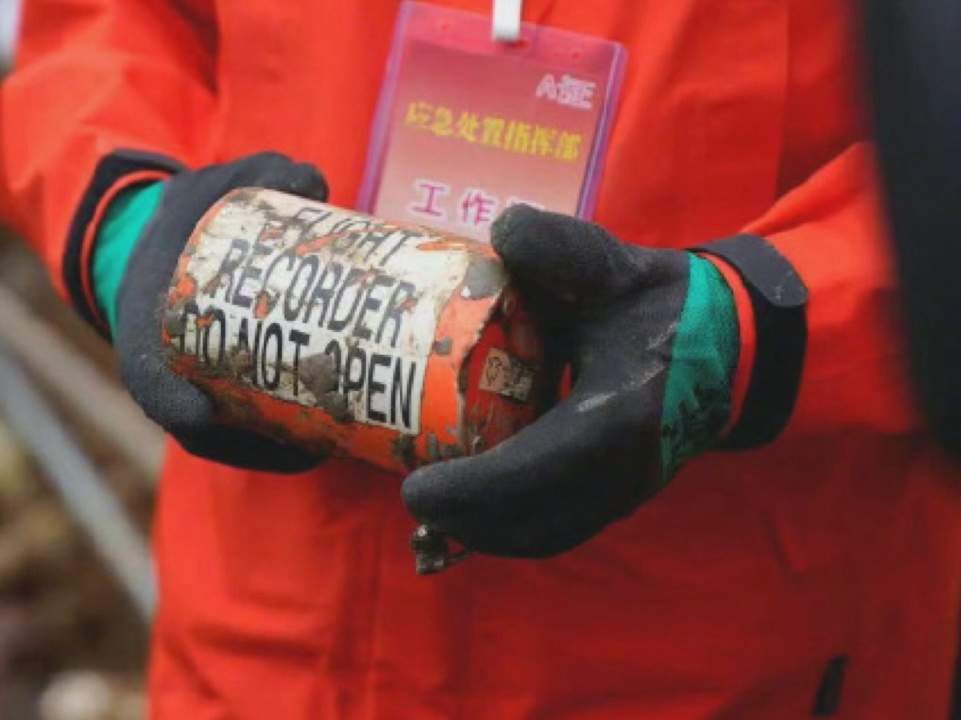
Some aircraft already transmit some diagnostic information about their systems (mainly engines). This is useful to maintenance crews because it can clue them into what their plane will need when it lands. But a full set of black box data would require more bandwidth. According to some sources, the necessary data for a transoceanic flight could be as much as 20GB.
Transmitting 20GB may not sound like much today, over several hours, given that WiFi for passengers is often an option. But note that WiFi doesn’t always use satellites. So it isn’t always available on transoceanic flights. And of course, there is the cost. Even if passengers don’t need the bandwidth for their WiFi, the airline would need to pay, to transmit this data. At the time of MH370, some estimated the cost of transmitting its black box data at around $3,000, for that one flight.

An Interesting Compromise?
But this was in 2014. Costs are coming down. However, there is another idea here, that could be a good compromise. Aircraft already have ways of detecting when there is an anomaly, like a deviation from normal parameters or a serious event, like an engine failure or a cabin depressurization. So, what if we had a system that transmits a “burst” of black box data, only after it detects such an event?
There are already several companies working on this concept. The amount of data they would transmit varies, between forty-five seconds and a couple of minutes, before the event. This wouldn’t always allow investigators to build a complete picture of a crash. But it would get them a long way in the right direction.
At the moment, such systems, streaming black box data to the ground, aren’t mandatory. Also, they still cost money, both to install and maintain. But it seems plausible that if aviation safety authorities choose to mandate something new, it would involve such a system. However, implementing it, over a global aircraft fleet, could take many years.
The good news here is that ADS-B over satellite is already solving a big part of the problem. But again – the point is that such serious accidents are rare enough that this is a much smaller problem than many think. However, the implementation of a system that provides ample data when the plane is still flying, will make aircraft engineers happy. That’s because they will know even more about their aircraft before the pilots bring it home.

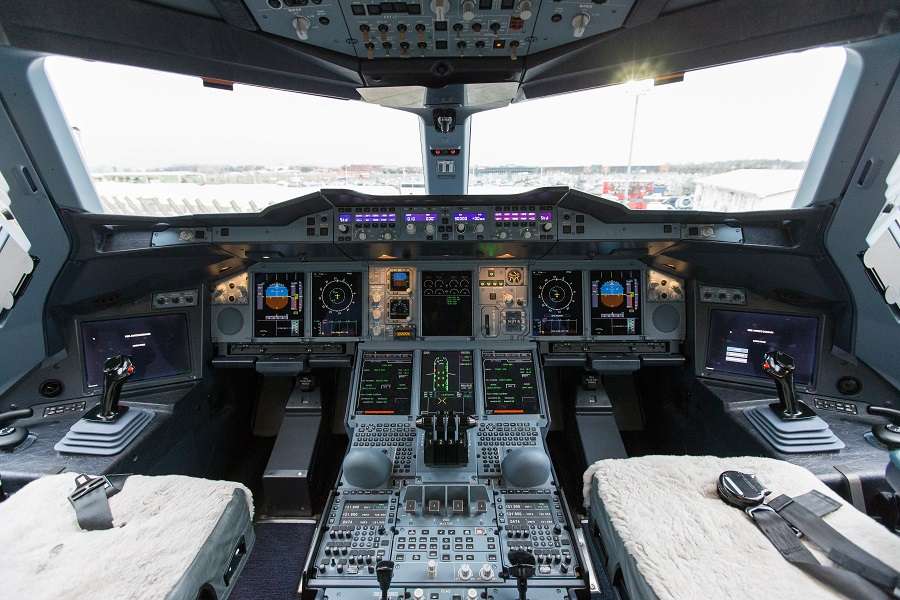



3 comments
Dexter Ford
There is no good reason why flight data and cockpit voice and video are not continually transmitted to the ground. It takes 20 gigs of data for a long flight? A passenger watching a couple movies on that same flight could easily use 20 gigs, and a current SD 32 Gig SD chip retails for less than $10.00. Consider 200 passengers using wifi: Hundreds of times more data than it would take to transmit all flight data to the ground. The “room much data” argument is simply a non-starter. Just velcroing an iPhone to the rear cockpit bulkhead, and having it transmit voice and video to ground, would cost about nothing, and solve many crash investigations in minutes, not months. Cockpit conversations are private? BS. Millions of working people–police, train operators, even WalMart greeters, are recorded at their jobs every day. Why are pilots, of all people, who are responsible for the lives of hundreds of innocents at a time, considered above observation? Most crashes happen near the ground? Uh, yes. That’s what airplanes crash into. We spend millions on crash investigations, as in Air France 447, when the silly boxes wind up destroyed or in the ocean, when any corrective actions in piloting or engineering, which could prevent a similar crash, are not done for years. What is the dumbest possible place to put vital flight information after a crash? In smoking wreckage of the airplane that crashed, of course.
kfitch42
Just a quick nitpick, the aircraft would have a GPS receiver. The transmitters are only on the satellites (or jammers/spoofers).
Also, it would probably be good to mention more explicitly that the cost of satellite internet is likely to drop precipitously in the next few years as StarLink, OneWeb, Project Kuiper, etc start coming online.
Also, it would be worth stressing that streaming blackbox data to the “cloud” while the plane is up in the clouds, should be IN ADDITION to recording it in the traditional recorders. This would add more slices of cheese to Dr. Reason’s model.
Spyros Georgilidakis
Hello,
That was NOT a nitpick, that’s a great catch and a point worth expanding on a bit, thank you! Text amended. There will be more on this topic soon.
Spyros